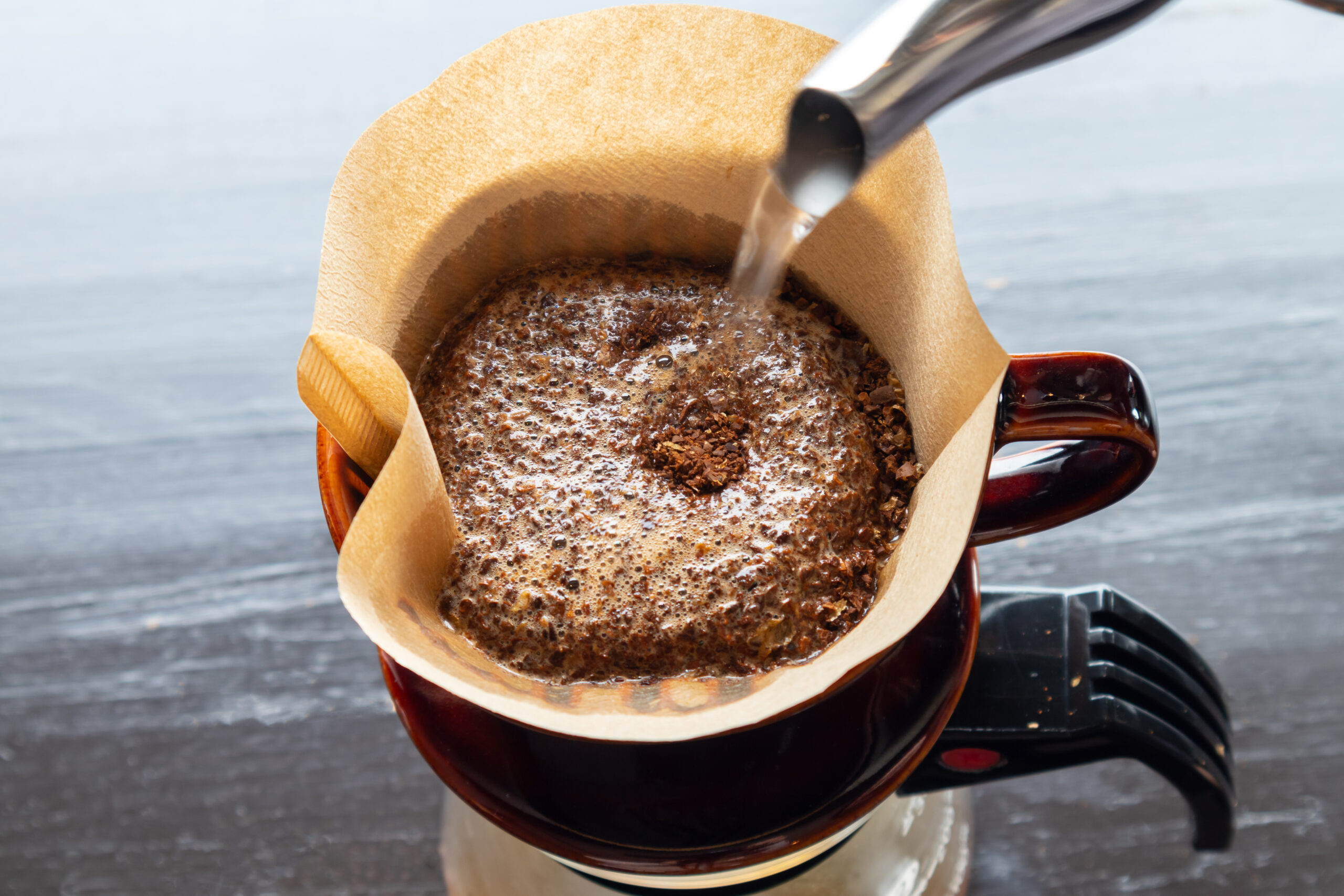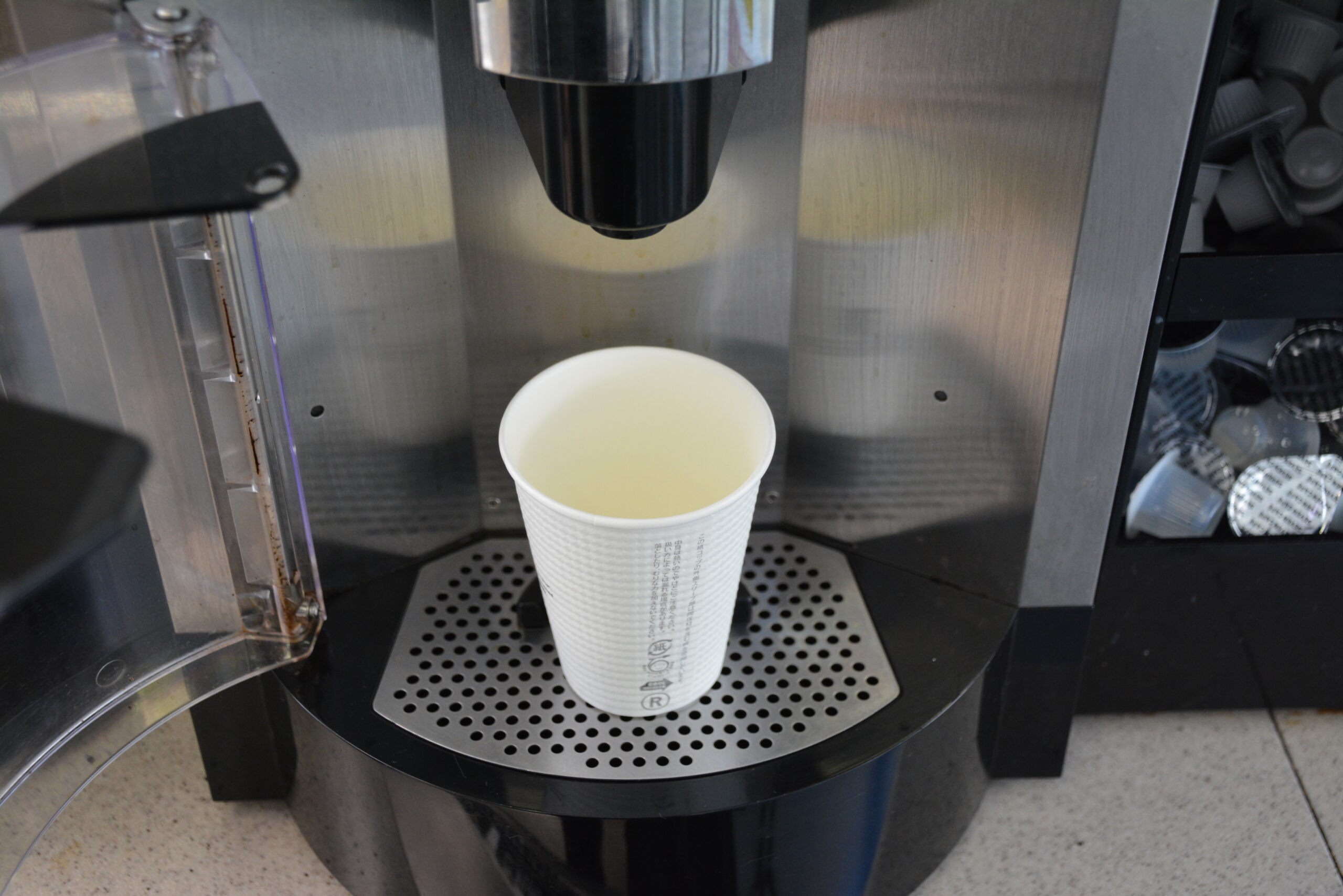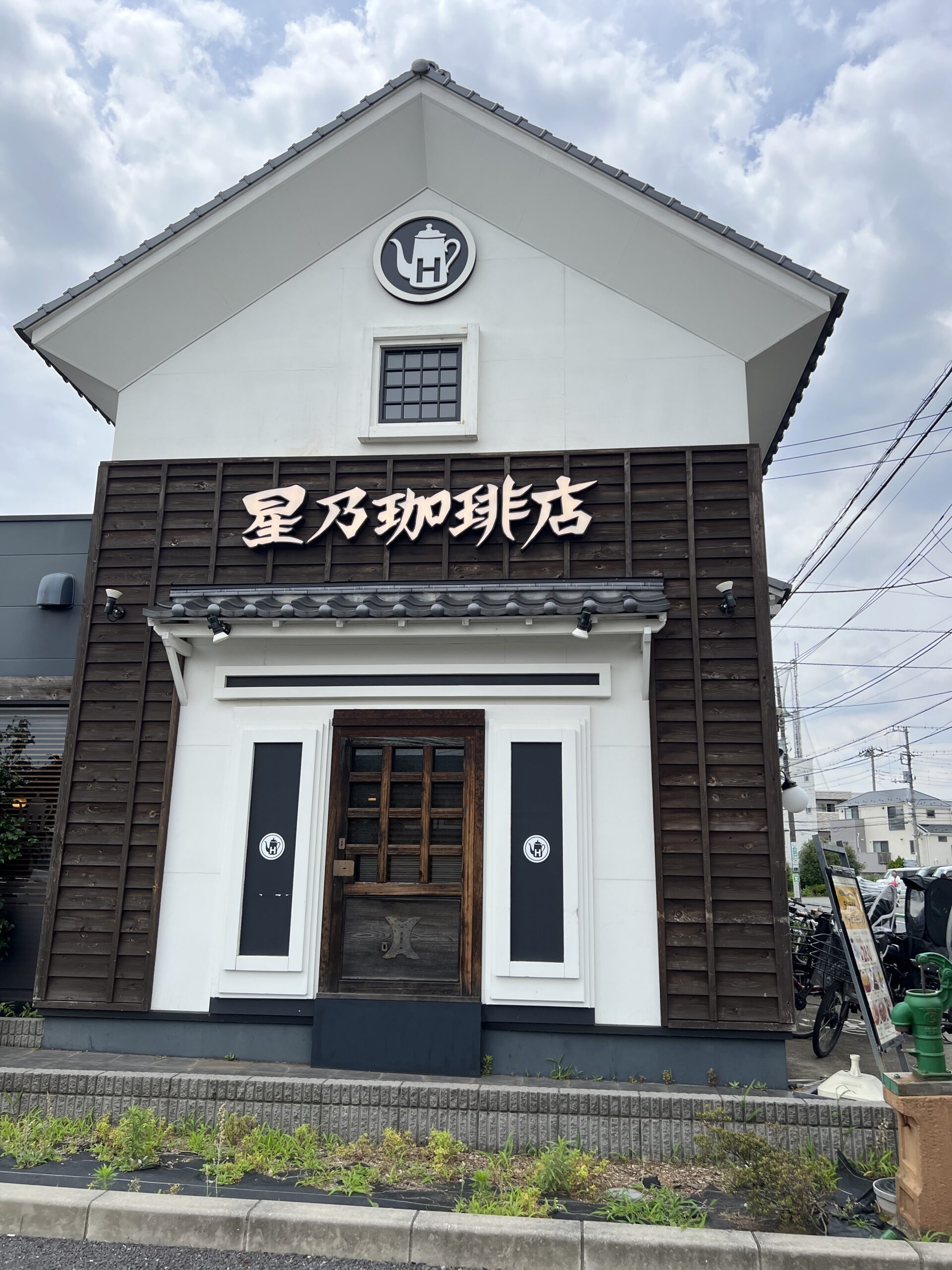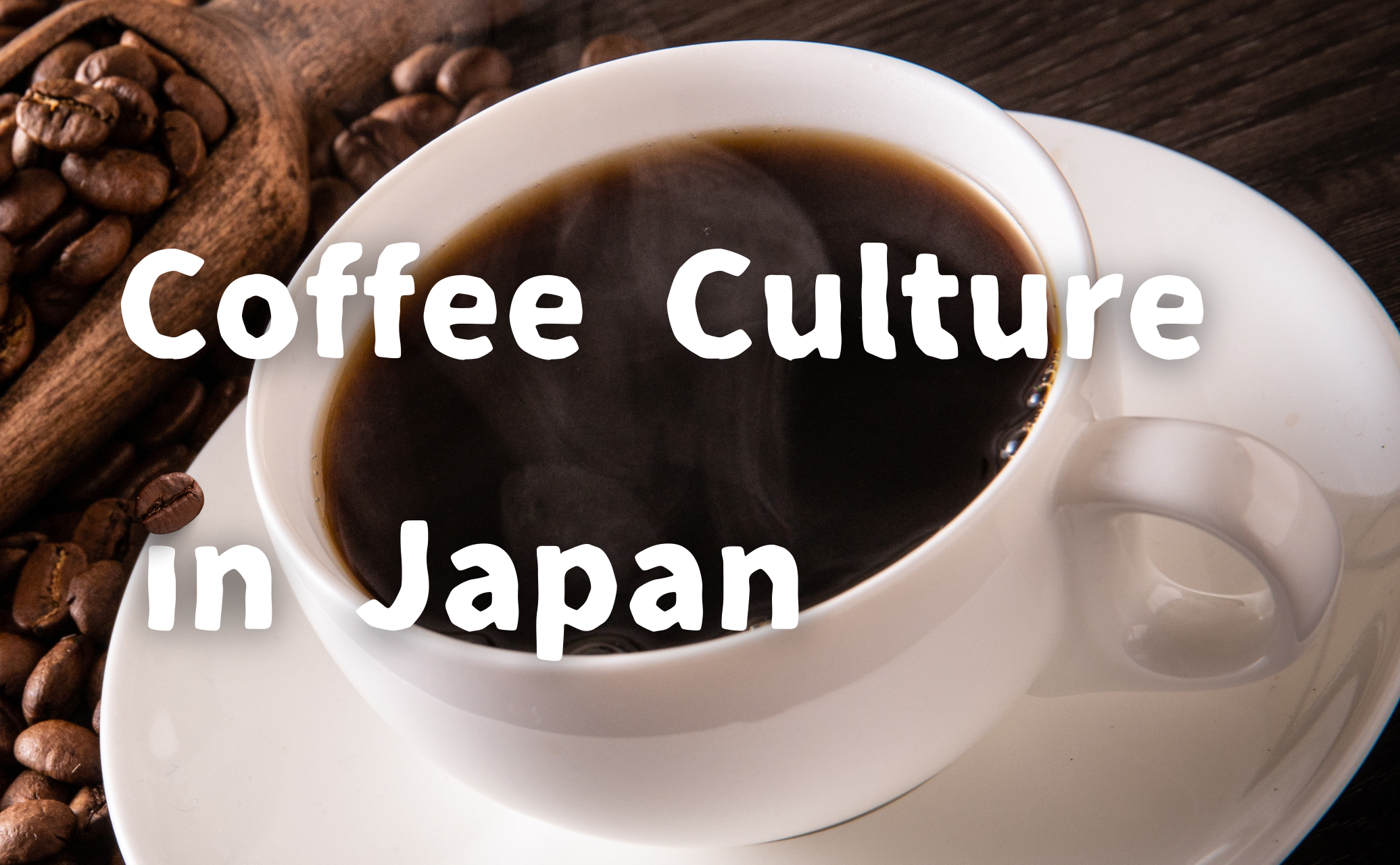When I was a university student in Paris, I was completely captivated by coffee after drinking espresso. In Japan, there are not many places that serve espresso, and when people talk about coffee in Japan, they mean drip coffee. However, I learned after visiting several countries that it is different in other countries. I now drink several cups of drip coffee a day, black, and it has become completely customary for me to do so. As a coffee lover, I would like to introduce some places where you can have a good cup of coffee in Tokyo.
Japan’s Coffee Shop Boom
The coffee shop boom in Japan in the 1970s peaked in 1981, when more than 150,000 coffee shops are said to have sprung up all over the country. Competition emerged, and some tried to differentiate themselves by offering better coffee than others. They were particular about the brewing method, had a variety of beans, and made a cup of coffee for each order. They made it a form of hospitality.
The most popular extraction method of drip coffee is to pour hot water through a paper filter. The flannel drip method was born in Japanese coffee shops, where flannel cloth is used as a filter. When coffee is brewed this way, the coffee oil is extracted, giving it a different texture and sweetness.
Drip Coffee
Drip coffee is carefully made by hand drip through a ritualistic process similar to the Japanese tea ceremony. This, coupled with a craftsmanship that focuses on taste, probably matches the temperament of the Japanese. Today, many people have coffee makers at home and brew coffee for themselves or to entertain others.

Easy Coffee
Convenience Store Coffee
If you want a cup of drip coffee in Japan, you can get it for about 130 yen (about $1). Almost all convenience store chains and McDonald’s offer it. The taste is more than adequate for the price, and it is very convenient to buy coffee whenever and wherever you feel like a cup. Coffee consumption in Japan increased in the 2010s when convenience store chains started offering inexpensive and tasty coffee.

Drip Bag
Drip bags are a type of coffee that originated in Japan, where drip coffee is popular. The bags are individually wrapped to make one cup of coffee, and are simply set over a cup and hot water poured in. In addition to being sold inexpensively at convenience stores and supermarkets, original drip bags are also sold at various cafes. We recommend that you enjoy them in your hotel room, or purchase them and enjoy them at home.
Can Coffee
Canned coffee is one of the most popular types of coffee in Japan, having been created around 1970 and expanding with the spread of vending machines. Today, canned coffee is also available in PET bottles, but the market has been declining due to the rise of convenience store coffee.
Recommended Coffee Shops
Tajimaya Coffee Shop Main Branch (Shinjuku)
A long-established coffee shop located near the entrance of Omoide Yokocho at the west exit of Shinjuku Station. It has a history dating back to the 1940s, right after the war. The coffee is made from carefully selected coffee beans, roasted in-house, and dripped through a flannel drip machine. The retro atmosphere is also something to savor.
Cafe Veloce
A coffee chain that prides itself on its inexpensive and comfortable atmosphere. 300-yen coffees are not particularly unique, but the dessert menu differentiates itself from the rest. Coffee floats, which are iced coffee topped with soft-serve ice cream, and coffee jelly are particularly popular. They are often found near major train stations in Tokyo.
Hoshino Coffee

A full-service cafe with a spacious interior. Each cup of coffee is hand-dripped and served individually. The signature dish is the thickly baked soufflé pancakes, which take a long time to bake. The cafe also offers a full menu of meals, making it a good place to stop by for a leisurely lunch. In addition to locations near major train stations, there is also a spacious street store in a residential area.
They have expanded to Singapore, Malaysia, Indonesia, and Taiwan, so there may be a store near your city.

